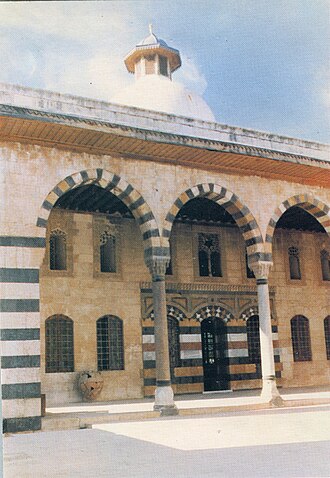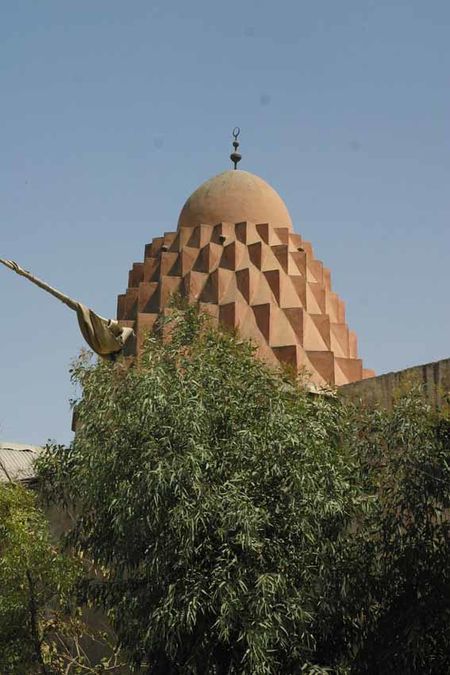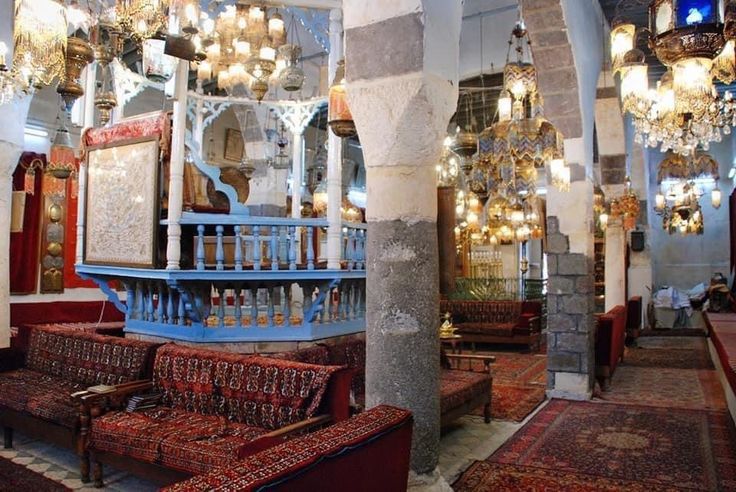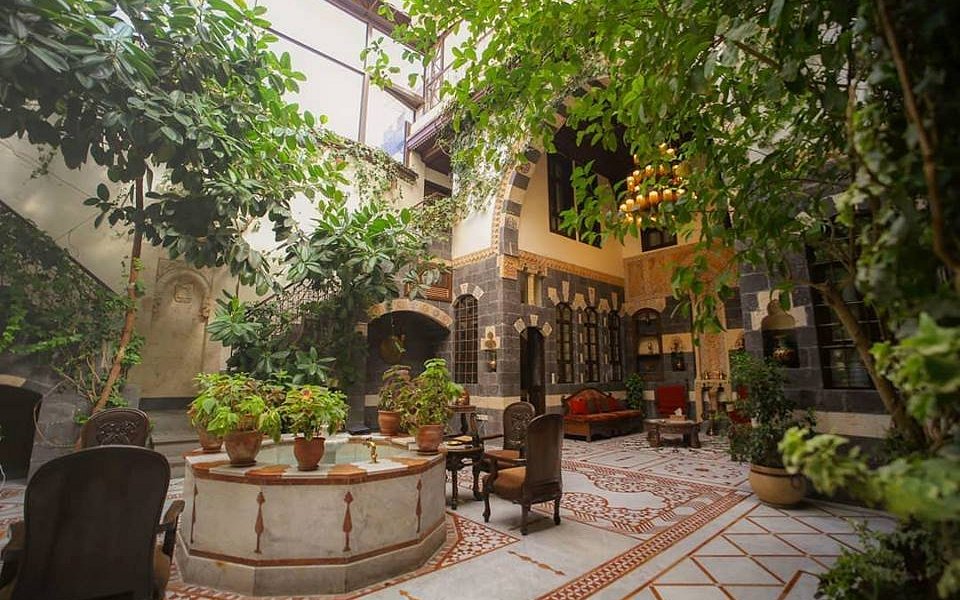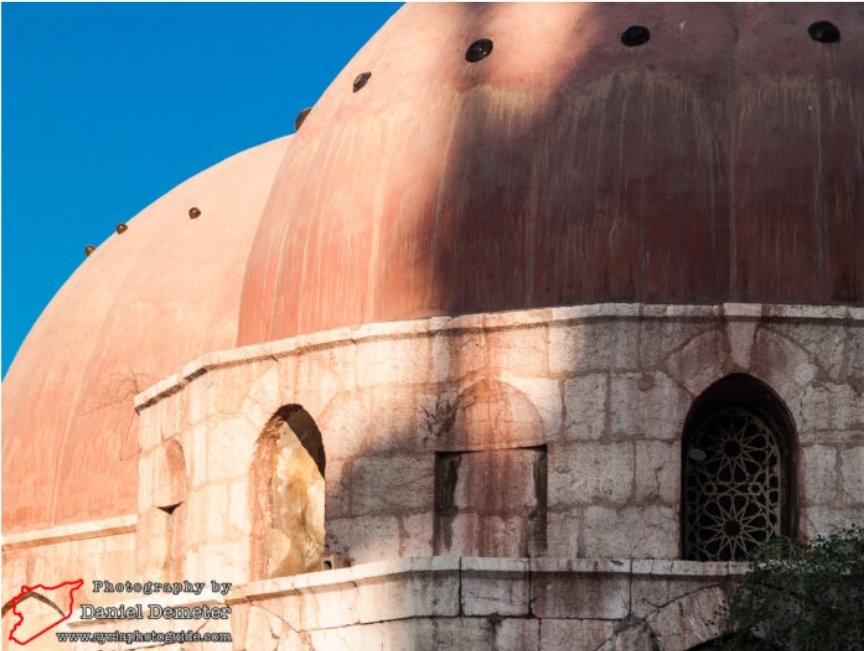Nur al-Din Bimaristan is located in the heart of Old Damascus, just steps away from the Al-Hamidiyah Souq. It stands as a living testament to the advancement of Islamic medicine in the 6th century AH (12th century CE). Commissioned by Sultan Nur al-Din Mahmoud Zengi in 1154 CE, the hospital was established to provide free medical care to patients and clinical training to physicians. It was later expanded in 1242 CE to accommodate the flourishing medical activity of the time.
The richly decorated entrance, adorned with *muqarnas* and geometric carvings, opens onto a spacious courtyard centered around a rectangular basin that was once used for therapeutic purposes. The *muqarnas* dome—considered the first of its kind in Damascus—represents an artistic fusion of Seljuk architecture with Iraqi influences.
In 1975, following a comprehensive restoration, the bimaristan was transformed into the Museum of Arab and Islamic Medicine. It now preserves historical surgical and pharmaceutical tools used throughout the centuries. Although not officially listed, the site is considered part of Damascus’s unofficial World Heritage cultural assets, attracting researchers and cultural tourists alike with its foundation inscriptions that tell the story of a visionary humanitarian endowment ahead of its time.
